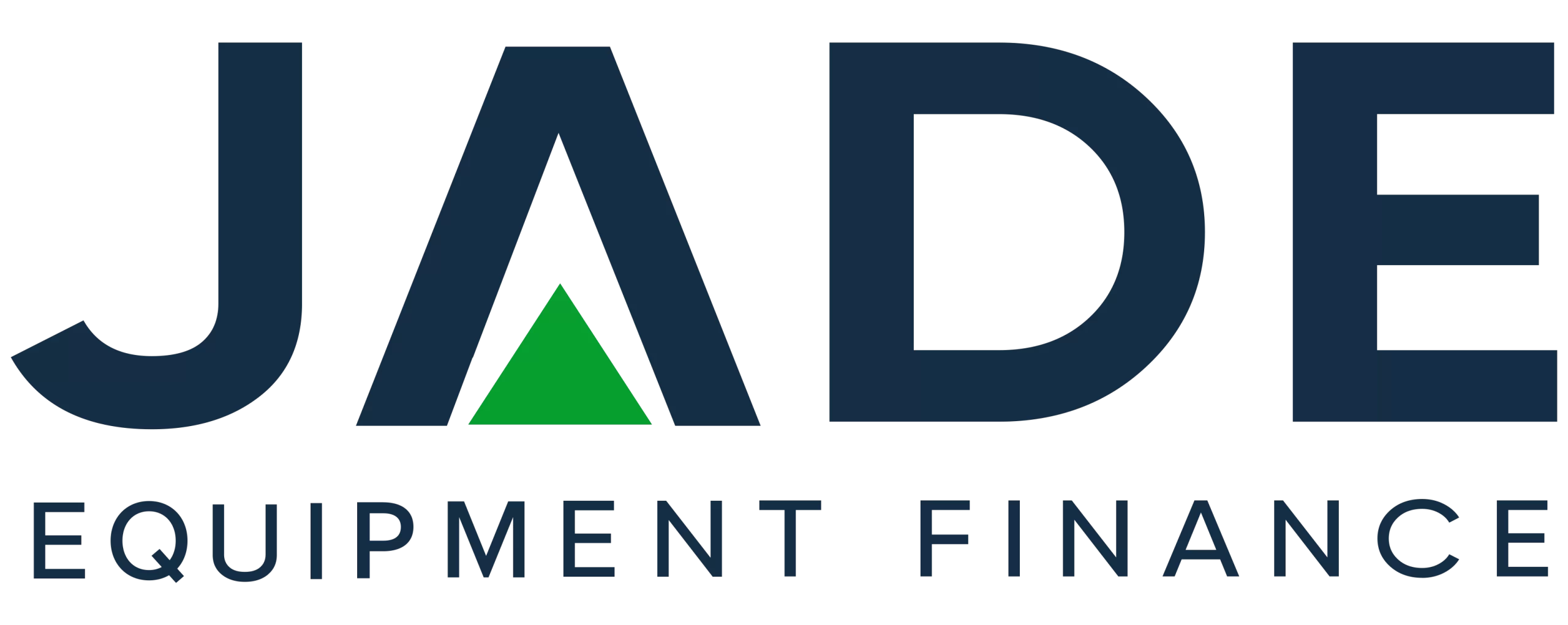As the first summer in several years without COVID-based restrictions, without bush fires and for many areas, with a lull in La Nina’s heavy rainfall, it can be tempting to relax, chill and take some well-deserved time out. But astute business operators will still have an eye on prospects and possibilities for 2023. Getting a head start on the new business year and being well-placed to capitalise on opportunities may be facilitated with cost-effective equipment finance.
Being ready to take on and overcome ongoing challenges that may not disappear as the calendar ticks over to a new year on 1 January. Unfortunately, many of the issues that have challenged businesses over recent years including operating with reduced staff levels, not being able to meet customer demand due to supply disruptions and rising costs from inflationary pressures, look like continuing into at least the early part of 2023.
Investing in new machinery and equipment with cost-effective equipment finance may put businesses in a stronger position to successfully overcome economic conditions and be ready to capture new and emerging opportunities. Is it time for you to move those new machinery and equipment purchase from the back burner to the hot plate?
Consider the Business Possibilities
While investments in new machinery and equipment may have been delayed due to economic uncertainties in recent times, upgrading equipment can be a very positive contributor to improving business.
- The labour scenario has been dire in Australia with near record unemployment rates. Upgrading or replacing equipment may deliver productivity improvements to counter these labour shortages. For example, excavators with larger buckets can do more work in the same timeframe to increase productivity by the one operator.
- Efficiency increases can be realised through newer technology machinery.
- Operating expenditure can be reduced with more fuel-efficient machinery and equipment which requires less ongoing maintenance. Ageing equipment can be costing valuable dollars with constant repairs. Dollars which can put undue pressure on cash flow. Dollars which could be better directed into finance repayments on new equipment.
- New machines may present the opportunity to actually increase the business income. Being able to operate for longer hours, take on bigger or tougher jobs and reduce the amount of unproductive downtime.
- The business may win more tenders for new work with a newer fleet of equipment. Chances of winning tenders for major works including infrastructure projects may be enhanced with top grade machinery detailed in the documentation.
- Tax payable may be reduced through taking advantage of temporary full expensing before it expires at the end of June 2023.
Accelerating those acquisitions may deliver wide-ranging benefits to many businesses across many industry sectors. But with any major purchase, the extent of the benefits realised may come down to the cost-effectiveness of the equipment finance.
Consider the Equipment Finance Options
Interest rates will likely be the first thing that comes to mind when any business operator thinks of machinery and equipment finance. The Reserve Bank (RBA) has hiked the cash rate significantly and the Board has said that it expects further increases to be required in order to bring inflation back to its target range of 2-3%.
There are a few issues around interest rates to be aware of. Firstly, the minutes of the RBA Board’s most recent meeting, record interesting discussions around the latest cash rate rise. Those discussions were debating the pros and cons of continuing with the recent run of 0.25% cash rate rises compared with returning to implementing larger hikes of 0.5% or of just leaving the cash rate unchanged. This discussion has been noted in media reports as the RBA Governor has, on separate occasions, also confirmed that larger hikes and halting rises are on the table.
But for those considering equipment finance in 2023, that could mean two quite different scenarios. Those of rates rising sharply or, hopefully, not changing and remaining steady.
In conjunction with the RBA information, business owners should also be aware of how equipment finance interest rates are impacted by RBA decisions. Unlike in the home loan market where an RBA rate rise automatically results in a lift in variable home mortgage rates, the equipment finance rate market works differently.
Banks and other lenders operating in the commercial loans sector make their own individual and independent decisions around rates. This can lead to quite significant rate variations and raises the necessity for business owners to have access to more lenders to identify the cheapest finance offers. Access which we can provide through our broker-style services. Heading to the bank for equipment finance is certainly not the only option on the table.
As can easily be seen when using a Finance Calculator, the interest rate has a significant effect on the monthly repayments and the overall expenditure cost of the equipment. Accessing non-bank lenders that can be flexible and negotiable when it comes to rates can make a huge difference in the overall cost of finance and new equipment. The difference between affordable or back on the back burner.
Choosing the most appropriate finance product to suit the accounting method used by the business and to meet its financial objectives is also extremely important to the overall cost-effectiveness of the loan.
The choice of loan types includes:-
- Rent to Own or Rent to Buy, which is also known as Equipment Rental.
- Commercial Hire Purchase or simply Hire Purchase.
- Equipment Lease or Asset Lease.
- Chattel Mortgage which is also referred to as Equipment Loan.
Tax deductions are available with all finance products but those seeking to utilise temporary full expensing, Chattel Mortgage is considered most appropriate.
Getting organised now with those equipment acquisitions rather than waiting until say February/March may avoid a possible RBA rate rise in February and give your business a head start on the competition.
For quick responses and action on equipment finance, contact Jade Equipment Finance on 1300 000 003
DISCLAIMER: IF MISINTERPRETATIONS, MISREPRESENTATION OR ERRORS EXIST IN THIS ARTICLE, NO LIABILITY IS ACCEPTED. THE INFORMATION IS PROVIDED ONLY FOR GENERAL PURPOSES AND NOT IN ANY MANNER INTENDED AS THE ONLY SOURCE FOR MAKING FINANCIAL DECISIONS. THOSE THAT CONSIDER THEY REQUIRE ADDITIONAL GUIDANCE OR ADVICE SHOULD REFER TO AN INDEPENDENT FINANCIAL ADVISOR.


